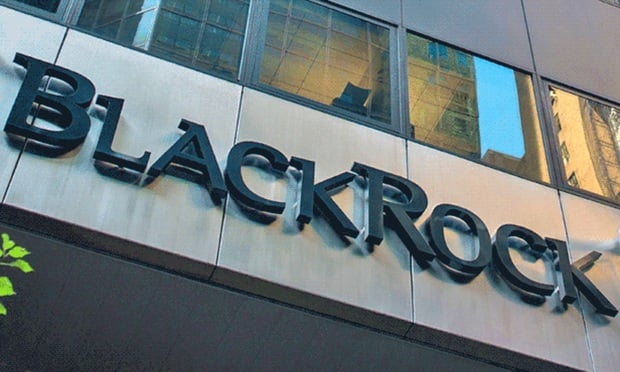Target-date funds had a solid second quarter, according to Ibbotson's latest review.
Large-cap, emerging market and real estate equities gave TDFs their boost, a 3.8 percent return on average for the quarter.
Ibbotson's report on the quarter said that flows into TDFs continued at a healthy clip, in spite of signs that the market may be maturing. Total assets in the funds were over $690 billion at the end of the quarter, a 27 percent increase over last year's second quarter.
Recommended For You
For the 12 months ending in June, TDFs returned 17 percent, thanks to the overall performance of equity markets; the S&P 500 returned 24.6 percent.
Fixed-income returned 2 percent for the latest quarter, and 4.4 percent for the year ending in June.
The report states that Ibbotson, which is a part of Morningstar's Investment Management Group, now tracks 451 unique TDFs that have at least one year's worth of measurable performance.
The funds are classified as aggressive, moderate or conservative, relative to their asset allocation and glide paths.
The funds are also broken down into 13 target-dates, between the years 2000 and 2055.
For most of the category years, the report finds that there are meaningful differences between the best performing funds and the worst performing funds.
For instance, data from the most recent quarter shows that within the 2050 target-date category, the best performing funds returned 7.3 percent, while the most lack-luster ones returned 3.4 percent.
For the 2010 target-date category, the best returning, and most aggressively allocated funds returned 3.8 percent, while the worst performing funds, and those most conservatively allocated, returned 1.5 percent.
The data clearly suggests that not all TDFs are the same, and that attention to how specific funds are allocated could make a substantial difference to an individual's retirement savings.
Ibbotson also tracks TDF performance against the Morningstar Moderate Index of funds, which has outperformed all TDF categories for the past several quarters, largely because the funds in the index don't incur expenses, and have above average allocations in stocks from emerging markets, which have bolstered returns of late.
© Touchpoint Markets, All Rights Reserved. Request academic re-use from www.copyright.com. All other uses, submit a request to [email protected]. For more inforrmation visit Asset & Logo Licensing.







